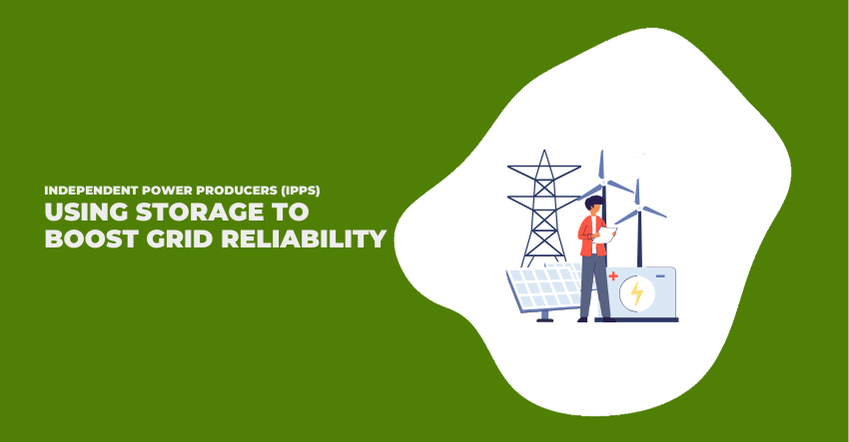Maximizing Solar PV ROI
Are you leaving money on the table?
There are a number of reasons you may want to sell a solar PV asset: from having a need for capital, to making the most of favourable market conditions. One thing is certain: You want the highest possible return from that asset. There is more to it than chasing the highest valuation—it’s also about managing costs. Generally, transaction costs are high, the process is time consuming, and in the end your asset gets valued on what you can prove and support. The formula for valuating any asset is rather simple: What is the foreseeable cash flow and what multiple of that cash flow can be paid.
The question is: How do you maximize the return of any asset in a transaction?The answer is simple: Provide rigorous documentation and support while managing an efficient transaction process to minimize costs and timing.
Part 1 : Supporting your future income stream projections to maximize solar ROI
The current proven performance of the asset as well as the projected performance are the most obvious points where you might leave money on the table. Whether the asset is valued based on multiples of earning or net present value, an important truth exists: If you can prove another dollar of future revenue, it translates to multiple dollars in the current valuation of the asset.
Presenting a clear and supported view of your asset becomes incredibly important to supporting revenue projections. If you are confident that your facility is generating far greater energy than projected and likely to keep over-generating, then your documentation should support this. Even if the asset is not producing at or above the modeled expectation, try to demonstrate through your records that the underproduction is a result of something highly unlikely to happen again.
When we say properly documented, we are not suggesting simply commissioning new production estimates with different values based on new assumptions. Operational facilities need to have historical performance data and records that support any generation predictions. The plant needs an array of records, reports, documentation
and comparative analysis supporting the fact that your facility is producing better than expected. Wherever necessary, you should provide documentation to support any generation dips or underproduction, showing that this is due to atypical events and highly unlikely to be reoccurring. All of this should be well organized and readily available at the start of the diligence process. Your organization and preparedness for the diligence process is definitely considered when evaluating how you’ve run your facilities.




